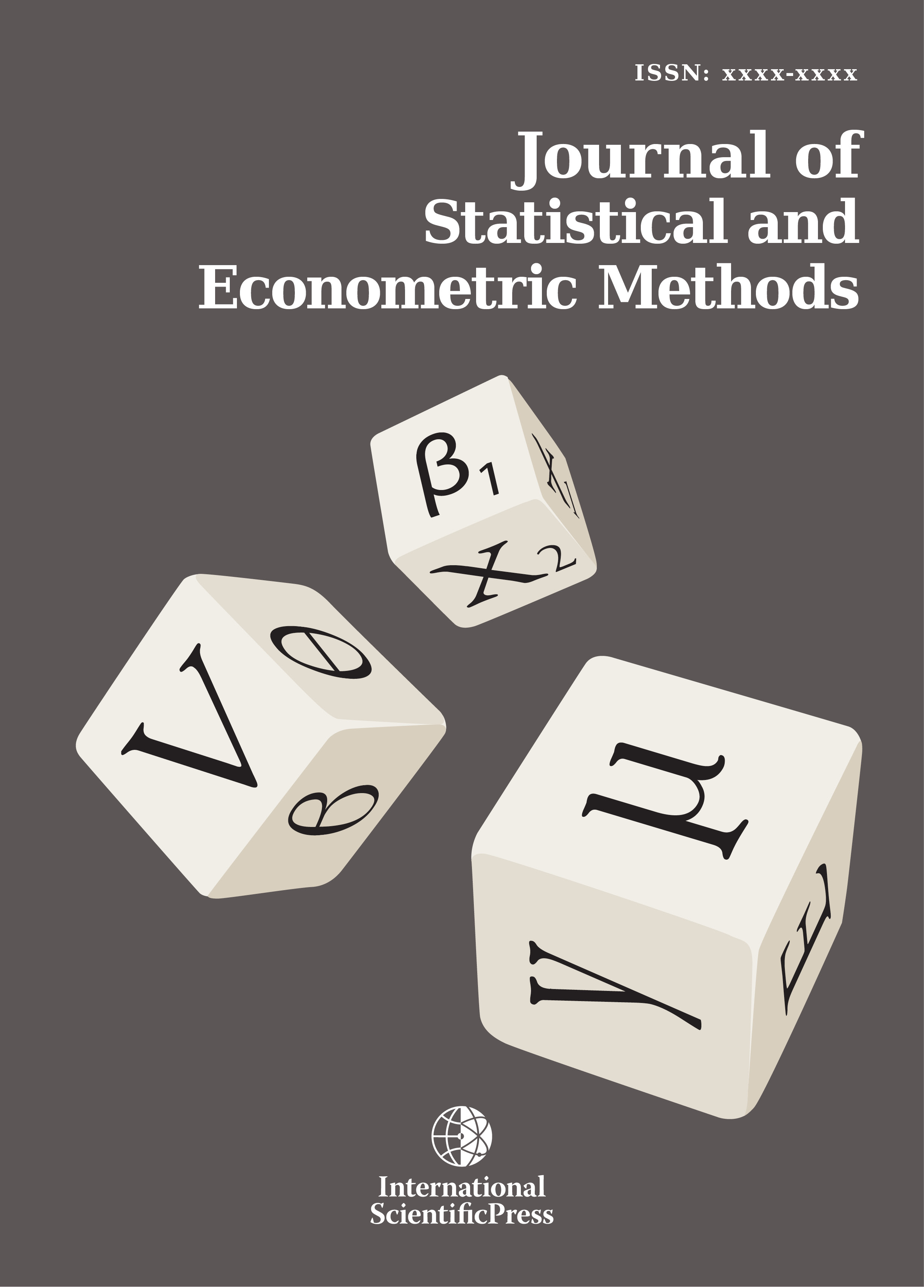Journal of Statistical and Econometric Methods
A 'Natural' Suicide Rate, Hysteresis or Suicide Persistence? Evidence from U.S. State-Level Panel Data, 1980-2020
-
 [ Download ]
[ Download ]
- Times downloaded: 8793
Abstract
A growing literature probing the natural suicide rate hypothesis appears to have split into two factions. The first focuses on testing the strictly positive rate premise using 'ideal' socioeconomic conditioned empirically predicted values. The second examines the stationarity of the suicide rate time series. By exploiting an expansive (4 decade) panel of U.S. state-level suicide rates and characteristics, this paper aims to debit the inventories of both factions of the literature. Regarding the first, we provide a long-panel (3 decade) test of the strictly positive rate hypothesis where results reinforce the growing consensus that, even under the most pristine socioeconomic state, suicide occurrence endures. Additionally, we test the stationarity of U.S. suicide rates over time. Using panel methods that allow for cross-sectional dependence and structural deviations, we find strong evidence of non-stationarity (unit root) for the common factors of suicide rates in the U.S. This latter finding casts doubt on the usefulness of the natural suicide rate hypothesis.
Keywords: Natural suicide rate, Unit root, Panel data.
JEL Classifications: C32, C33, R12.
